With Facebook being one of the most widely used social media platforms, it offers a plethora of metrics and insights that can provide valuable feedback on your content's effectiveness. In this article, we'll delve into the key metrics and methods for measuring the results of your Facebook posts.
Reach and Impressions
Reach refers to the number of unique users who have seen your post, while impressions represent the total number of times your post has been displayed. These metrics provide insight into the extent of your post's exposure and its potential impact on your audience.
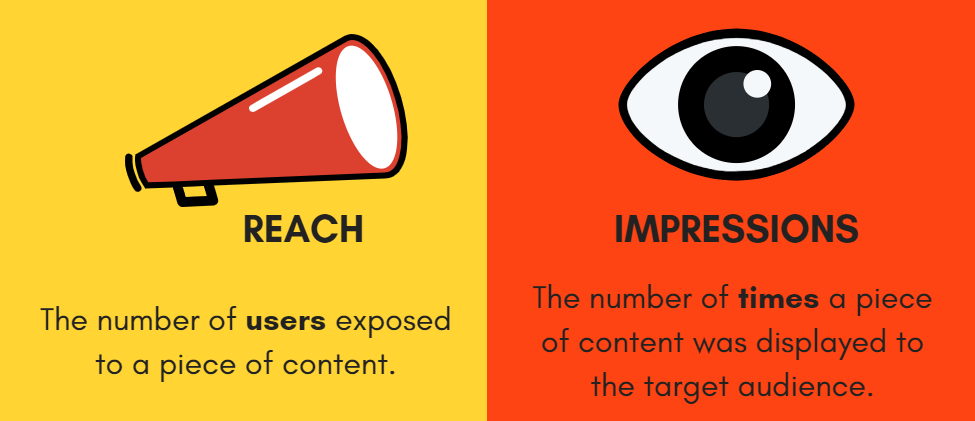
Engagement
Engagement encompasses likes, comments, shares, and clicks on your post. High engagement indicates that your content resonates with your audience and encourages interaction. Monitoring engagement can help you gauge the relevance and effectiveness of your posts

Engagement Rate
Engagement rate is the percentage of users who have engaged with your post relative to its reach. Calculated by dividing the number of engagements by the reach and multiplying by 100, a high engagement rate signifies strong connection and positive reception of your content.

Click-Through Rate (CTR)
CTR measures the percentage of users who have clicked on links or buttons within your post, indicating their level of interest and responsiveness to your call-to-action. A higher CTR suggests compelling content and effective call-to-action placement.

Conversion Rate
For posts with specific conversion objectives, such as driving website visits or product purchases, tracking conversion rate is essential. This metric quantifies the percentage of users who have completed the desired action after interacting with your post.
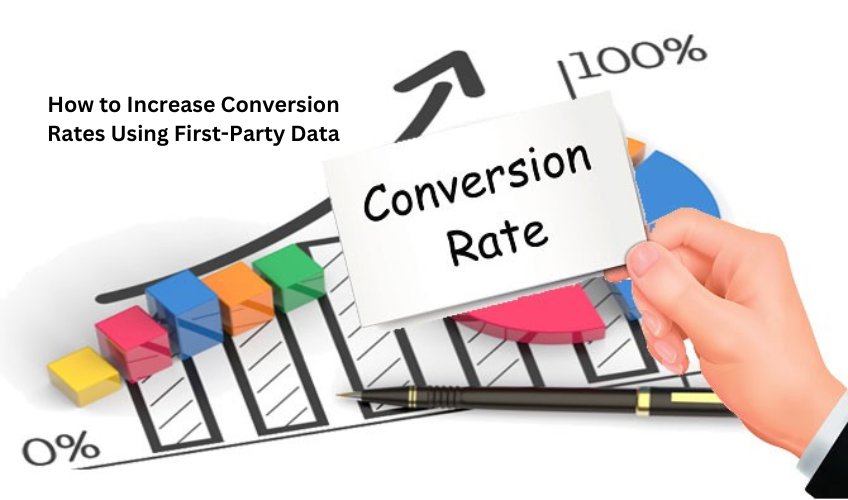
Audience Insights
Facebook provides detailed audience insights, including demographic data, geographic location, and interests of your post viewers. Understanding your audience demographics can inform content customization and targeting strategies.
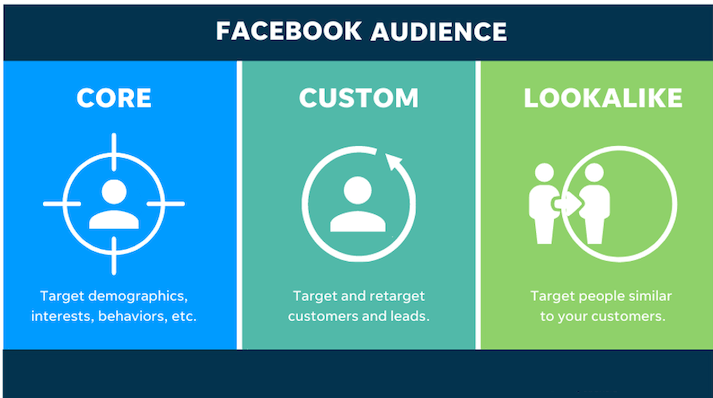
Post Timing
Analyzing the timing of your posts and their performance can reveal optimal posting schedules for reaching your audience when they're most active and receptive.
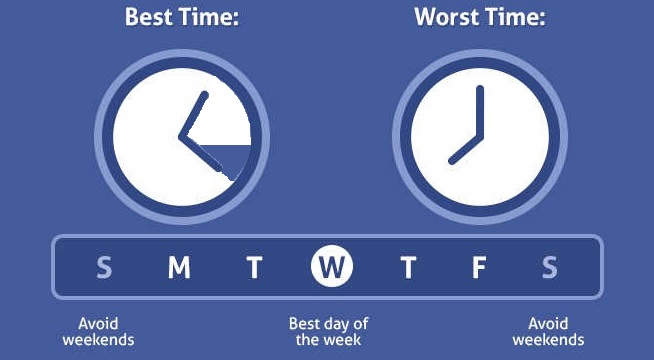
A/B Testing
Conducting A/B tests by posting variations of content and comparing their performance metrics can help identify the most effective content formats, messaging strategies, and visual elements for engaging your audience.
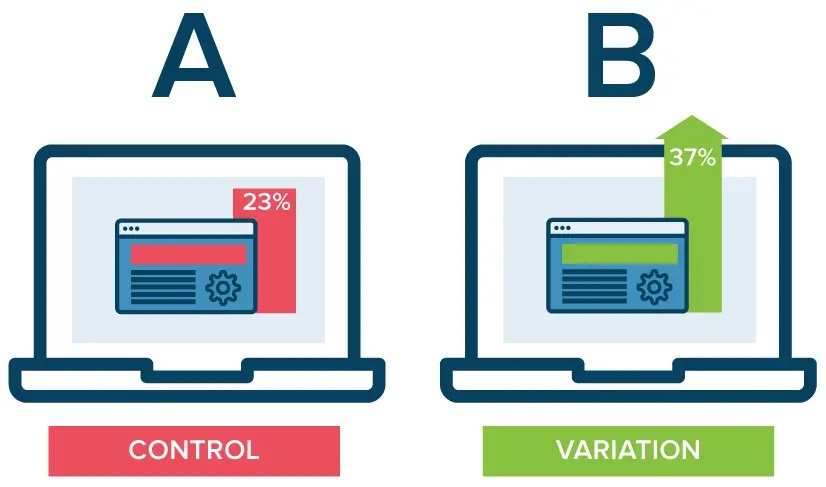
By regularly monitoring and analyzing these metrics, you can gain valuable insights into the effectiveness of your Facebook posts and refine your social media strategy accordingly. Whether your goals are to increase brand awareness, drive website traffic, or generate leads, leveraging Facebook's analytics capabilities can empower you to make data-driven decisions and maximize the impact of your social media efforts.
In conclusion, measuring the performance of your Facebook posts involves tracking metrics such as reach, engagement, CTR, conversion rate, audience insights, post timing, and conducting A/B testing. By understanding these metrics and their implications, you can optimize your content strategy to better resonate with your audience and achieve your marketing objectives in the competitive digital landscape.
